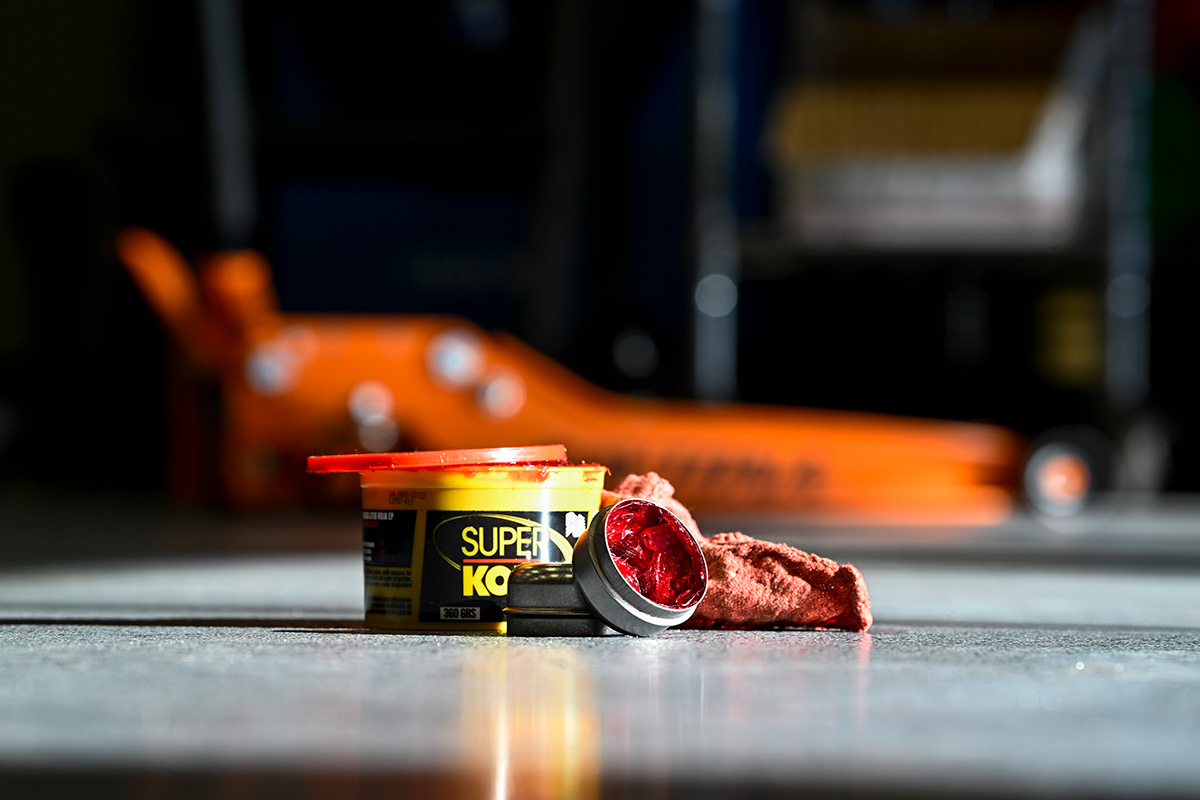Using your shop’s Cost of Doing Business (CODB) as a baseline for labor rates.

I’ve mentioned the easy business you can score by offering to perform trailer service for customers that pull. When doing a job not long ago, someone asked me why I was adding lubricant to the dust caps.
It’s a fair question. When getting into bearings, I know I’m gonna be in for a good time if I see a totally packed dust cap or a nail where a cotter pin should be. But I don’t pack the dust caps full, you see. A little dab’ll do me, as the jingle goes.

What I like to do is service the hubs normally, and then put a hefty dollop of new, clean grease into the caps. It has nothing to do with lubrication at the time. There’s obviously no need to pack the whole hub cavity and cap.
I do this in case the customer is on the road and needs to make a repair in the breakdown lane. It’s usually just one nut holding the hub to the spindle, so it’s not a major repair if the bearing hasn’t gotten toasted. Even if the seal is blown up in the process of roadside service, applying fresh, clean grease (that I left in the cap!) will get the trailer to the next exit, the auto parts store, or a service facility as long as the bearing isn’t totally smoked.
And of course I do this on my own old junk, RWD trucks and cars included. It’s saved me before. A dime’s worth of grease might save someone else, too.
The articles and other content contained on this site may contain links to third party websites. By clicking them, you consent to Dorman’s Website Use Agreement.
Participation in this forum is subject to Dorman’s Website Terms & Conditions. Please read our Comment Policy before commenting.